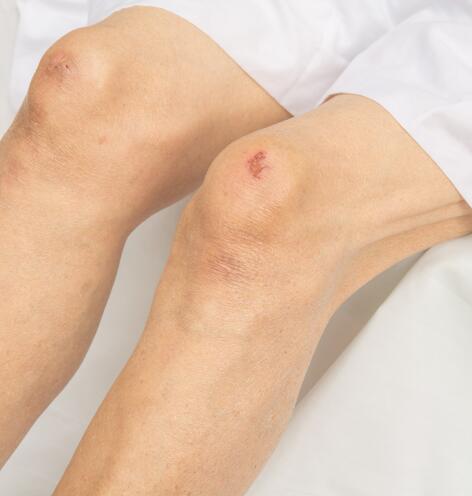DEXERYL Emollient Cream
Statistically significant effectiveness proven in clinical studies on over 1000 patients. These studies were conducted against a placebo or comparator, providing the highest level of scientific evidence

DEXERYL Emollient Cream: an effective treatment for elderly skin affected by xerosis
- 98
of patients have no or mild signs of dry skin after 1 month¹
- -87
less itching after 1 month¹
- After 14 days,
the skin is significantly hydrated¹
1- Cristaudo A. et al. Efficacy of an emollient dermoprotective cream in the treatment of elderly skin affected by xerosis. G. Ital Dermatol Venerol, 2015.
METHODOLOGY
Aim
To evaluate the efficacy of a glycerol and paraffin-based dermoprotective cream (DEXERYL) in the treatment of people with senile xerosis.
Study
Single-centre clinical study, comparing intra-individually the evolution of the characteristics of the affected skin under topical administration of a glycerol and paraffin emollient with 2 applications per day to the affected areas.
Population
50 patients included, aged over 60 years, in good physical and psychological health, with no family history of severe skin disorders.
Dosage
2 applications daily.
Duration
28 days
Primary evaluation criteria
Assessment of the degree of xerosis according to the severity of 5 clinical parameters: flaking, tightness, cracking, excoriation and erythema (4-level severity scale).
Secondary evaluation criteria
Self-assessment of itching, measurement of Insensible Water Loss and stratum corneum water content.
Tolerance
A good tolerance profile and no adverse events were observed.
How do you take care of your skin if you have senile xerosis?
Xerosis of the skin is a common condition in the elderly1, known as senile xerosis. It is characterised by dry, scaly skin. These symptoms can be accompanied by cracking and itching2. But what exactly is senile xerosis? What are the causes? How can it be prevented and its symptoms minimised?

Sources:
1 - Blanchet-Bardon C et al. Association of glycerol and paraffin in the treatment of ichthyosis in children: an international, multicentric, randomized, controlled, double-blind study. JEADV 2012
